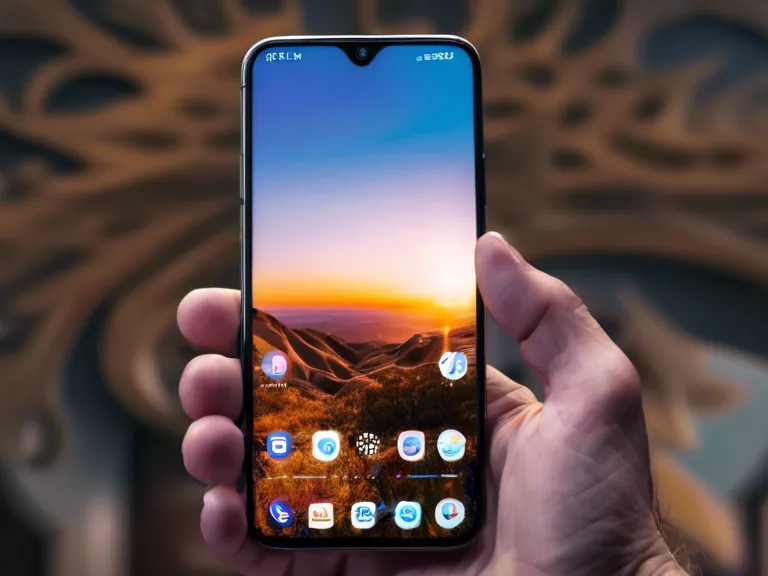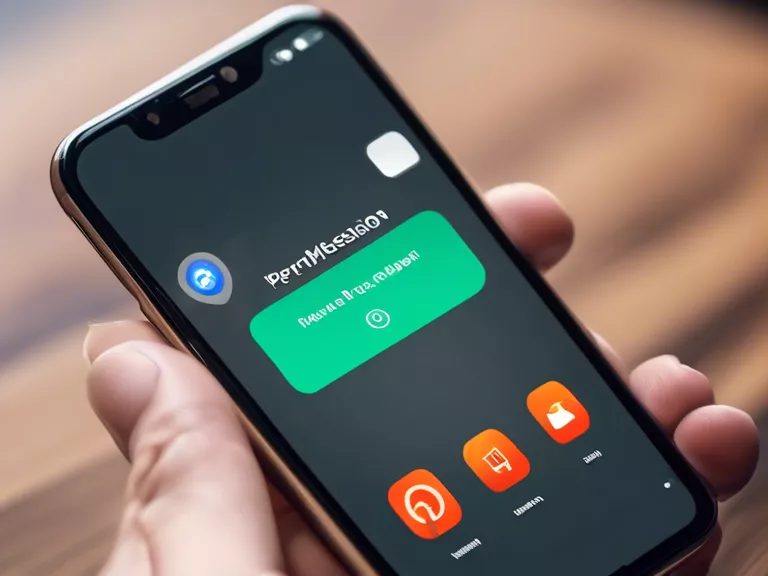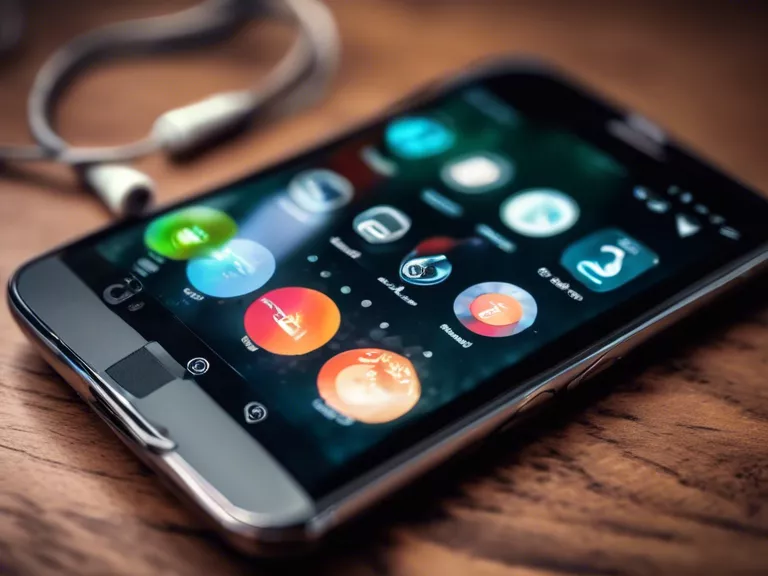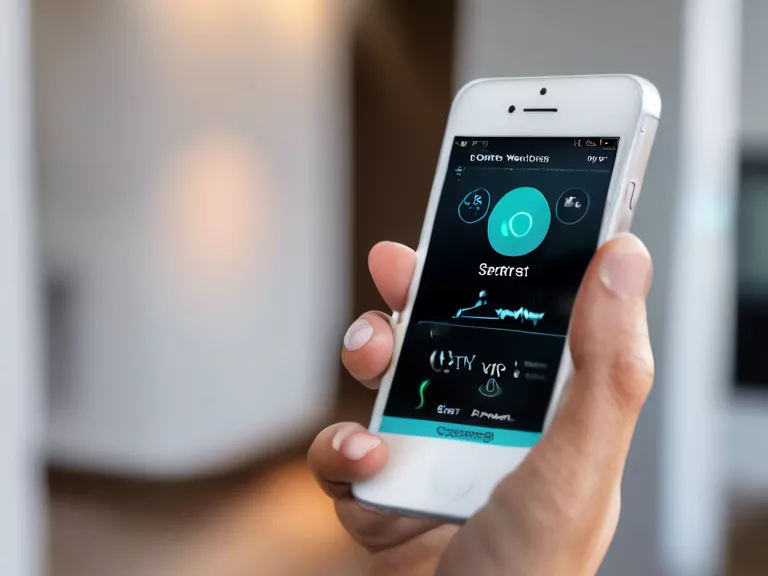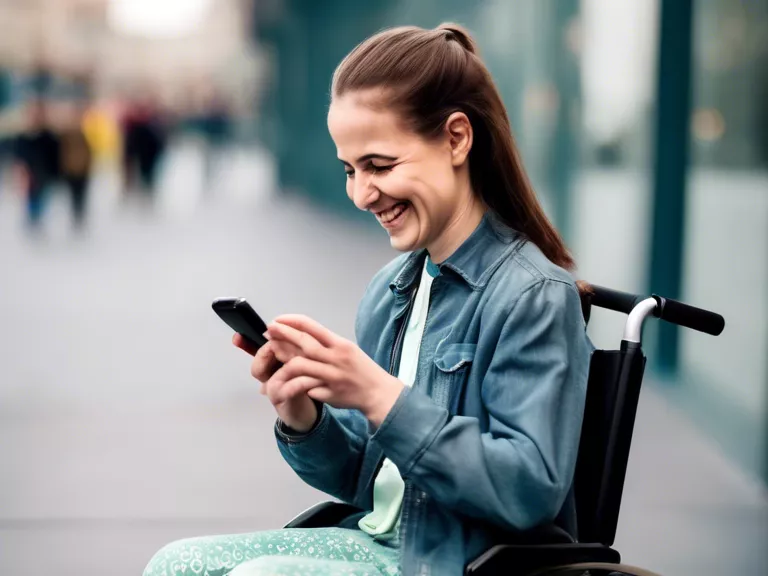
Smartphones have revolutionized the way we communicate, work, and navigate through our daily lives. But perhaps one of their most important impacts is how they are enhancing accessibility for users with disabilities. From built-in accessibility features to a plethora of apps designed specifically for individuals with disabilities, smartphones are opening up a world of possibilities and breaking down barriers like never before.
One of the key ways smartphones are enhancing accessibility is through their built-in accessibility features. Both Android and iOS devices offer a range of features that make it easier for users with disabilities to navigate their devices. For example, screen readers can read out text, menus, and buttons to users who are visually impaired. Voice commands allow users to control their devices without needing to touch a screen, which can be incredibly helpful for individuals with mobility impairments. Additionally, features like closed captions, magnification, and color inversion make it easier for users with different types of disabilities to use their smartphones effectively.
In addition to built-in features, there is also a wide range of apps available that cater specifically to users with disabilities. For individuals who are deaf or hard of hearing, there are apps that transcribe spoken conversations into text in real time. For individuals with speech impairments, there are apps that offer alternative communication methods, such as text-to-speech functionality. There are also apps designed to help individuals with cognitive disabilities stay organized and manage their daily tasks effectively.
Overall, smartphones are playing a crucial role in enhancing accessibility for users with disabilities. They are giving individuals the tools they need to communicate, work, and navigate the world around them more independently. As technology continues to evolve, it is exciting to think about the ways in which smartphones will continue to empower individuals with disabilities and create a more inclusive society for all.
